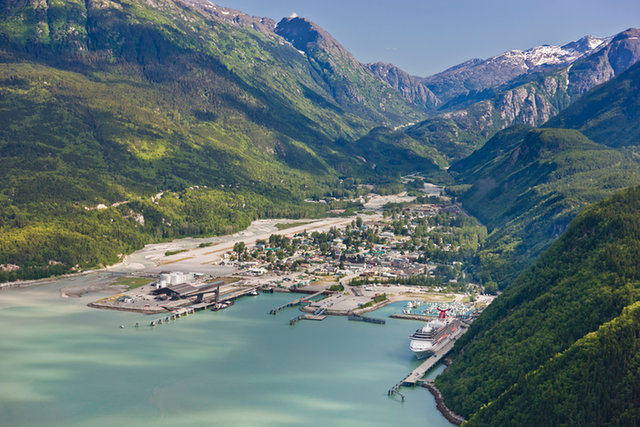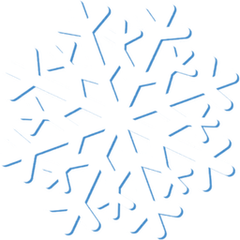Yearsago,ImovedtoatinytowninAlaskacalledSkagway.Atthetime,Ididn’tknowwhatcareerIwantedtopursue.Ifeltlikeeveryonearoundmeknewwhattheyweregoingtodo:beateacher,afisher,adoctor.ButIhadnoideawhatIwasgoingtodo.Ididn’tknowthatIwouldbecomethescientistIamtoday—ageographerandglaciologiststudyingglaciersaroundthe world!
WhenIwasyoung,Ihadnevermetascientist,letaloneafemalescientist.Ididn’tknowthatsciencewasjustasmuchanoptionformeasitisanoptionforallgirlsandboysworldwide.Growingup,mydadalwaystoldmethatifIfocusedonwhatIloved,acareerwouldfollow.Ilovedtheoutdoors.So,ImovedtoSkagwaytoworkoutside.ItwasthereIfellinlovewithglaciers.AglacierisamovingriveroficethatflowsoverEarth’ssurface.ThecoastalmountainssurroundingSkagwayarefullofthem.ThevalleywhereSkagwaysitswasevenmadebyaglacier!It’scalledafjord, avalleycarvedbyaglacierlongagothatisfilledinbythe sea.

Skagway,Alaska,isinavalleymadebyaglacierlong ago.
GlacierFormation
Today,thereasonSkagwayissurroundedbyglaciersisbecause,foralongtime,ithadtheperfectingredientsneededtogrowglaciers:snow,coldtemperatures,andtime.Ifevenoneofthoseingredientsismissing,aglaciercannotgrow.Allthreeingredientsworktogether.Snowfallsandstacksup.Year‑roundcoldtemperatureskeepthatstackedsnowfrommelting.Overtime,thesnowkeepsstackingupuntilitishundredsofmetersthick.Bythen,allthatsnowhasturnedintoglacier ice.
How?Closeyoureyesandimagineasinglesnowflake.Itdoesn’tweighverymuch,butnowimaginemillionsandmillionsofsnowflakesstackedontopofeachother.Imaginewhathappenstothatsinglesnowflakeatthebottom.Withthepressureandweightofalltheothersnow,thatsinglesnowflakesquishesdownintosomethingcalled“firn.”Overdecades,firncompressesintodenseglacier ice!
Glacialiceisveryhard.Sohardthat,whenaglaciermovesovertheland,itcanscrapeandsmoothrock—justlikesandpaperdoesto wood.




